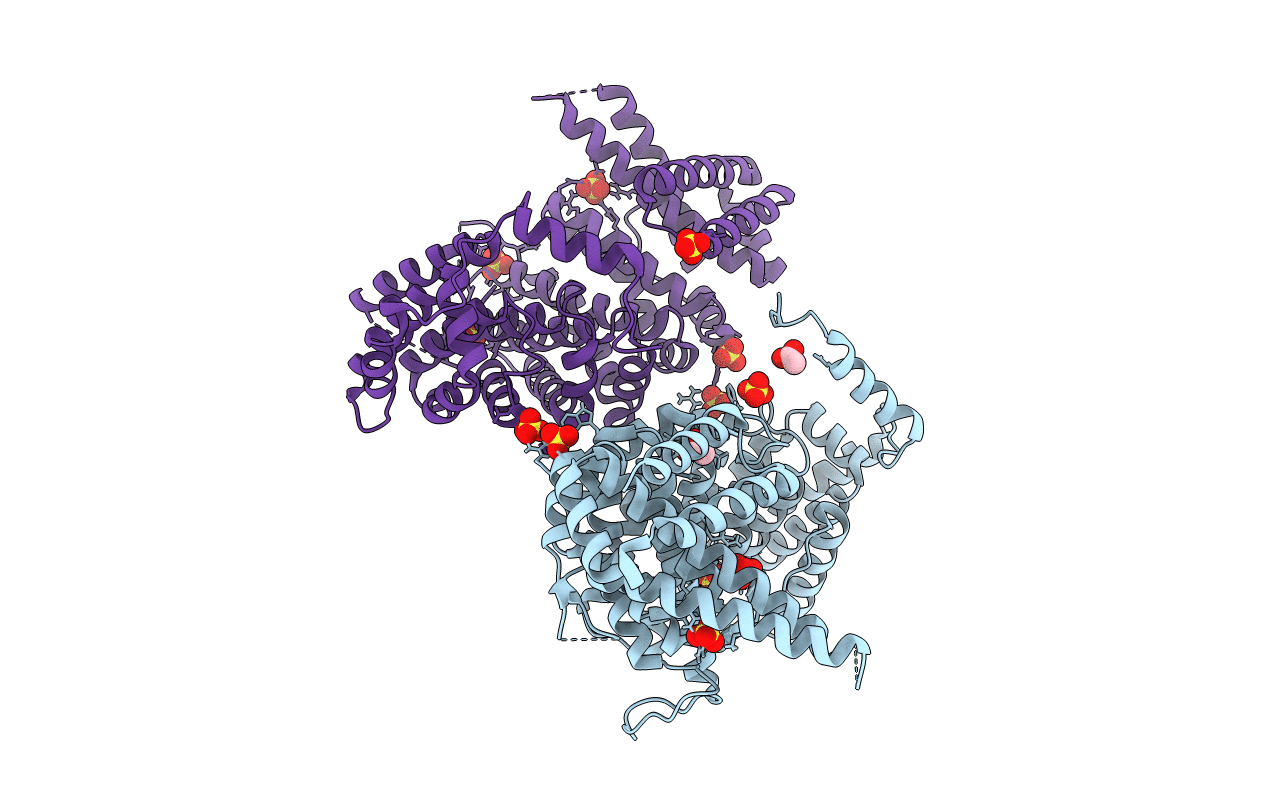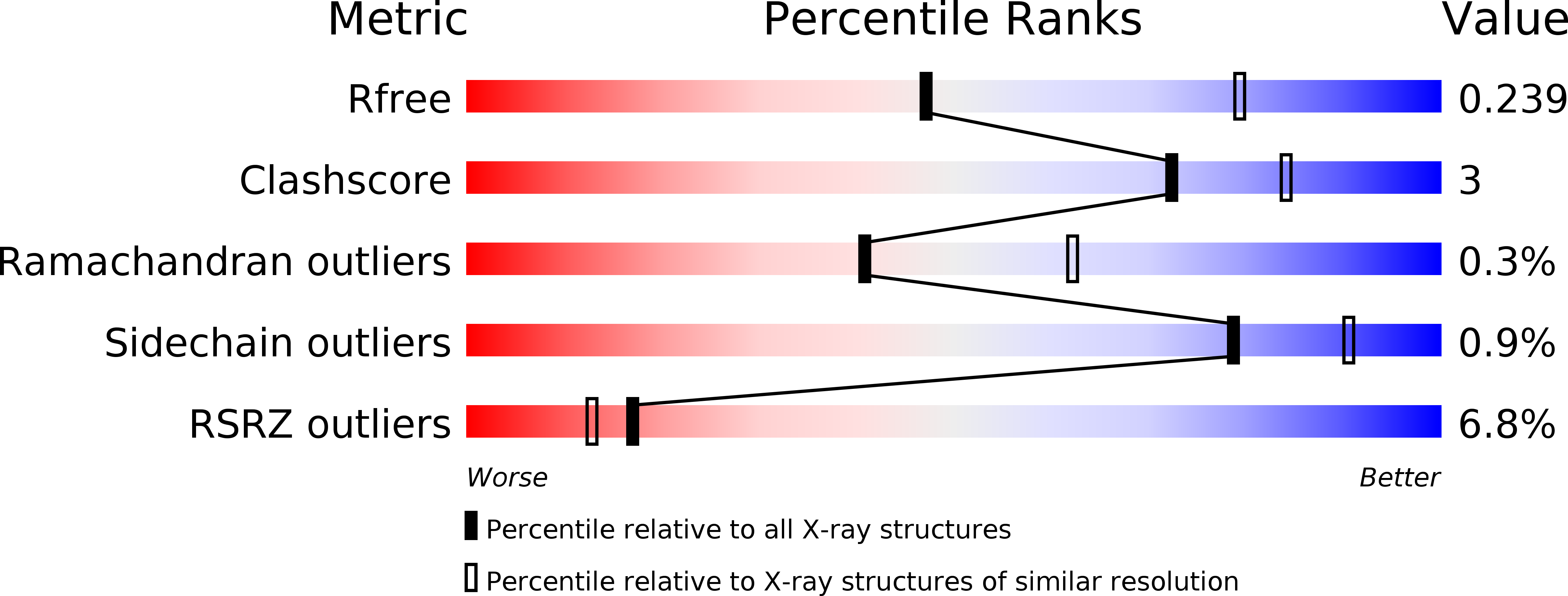
Deposition Date
2013-04-16
Release Date
2013-06-19
Last Version Date
2024-02-28
Method Details:
Experimental Method:
Resolution:
2.62 Å
R-Value Free:
0.23
R-Value Work:
0.18
R-Value Observed:
0.18
Space Group:
P 41 21 2


